Advanced Science is a high-impact, interdisciplinary science journal covering materials science, physics, chemistry, medical and life sciences, and engineering.
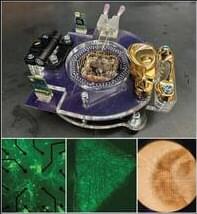

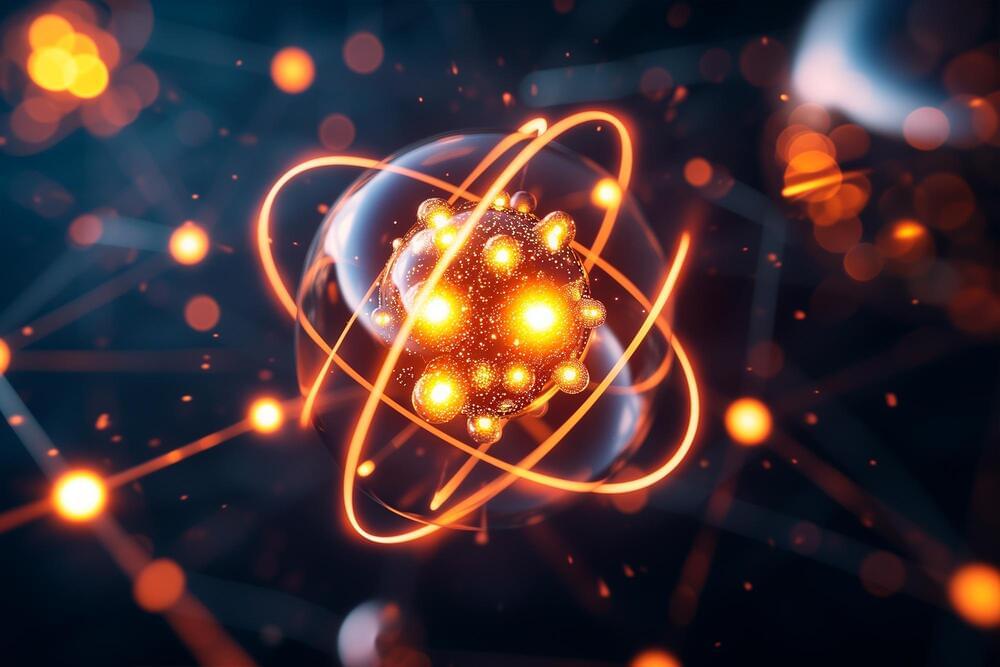
The ‘ten electron’ rule provides guidance for the design of single-atom alloy catalysts for targeted chemical reactions.
A collaborative team across four universities have discovered a very simple rule to design single-atom alloy catalysts for chemical reactions. The ‘ten electron rule’ helps scientists identify promising catalysts for their experiments very rapidly. Instead of extensive trial and error experiments of computationally demanding computer simulations, catalysts’ composition can be proposed simply by looking at the periodic table.
Single-atom alloys are a class of catalysts made of two metals: a few atoms of reactive metal, called the dopant, are diluted in an inert metal (copper, silver, or gold). This recent technology is extremely efficient at speeding up chemical reactions but traditional models don’t explain how they work.
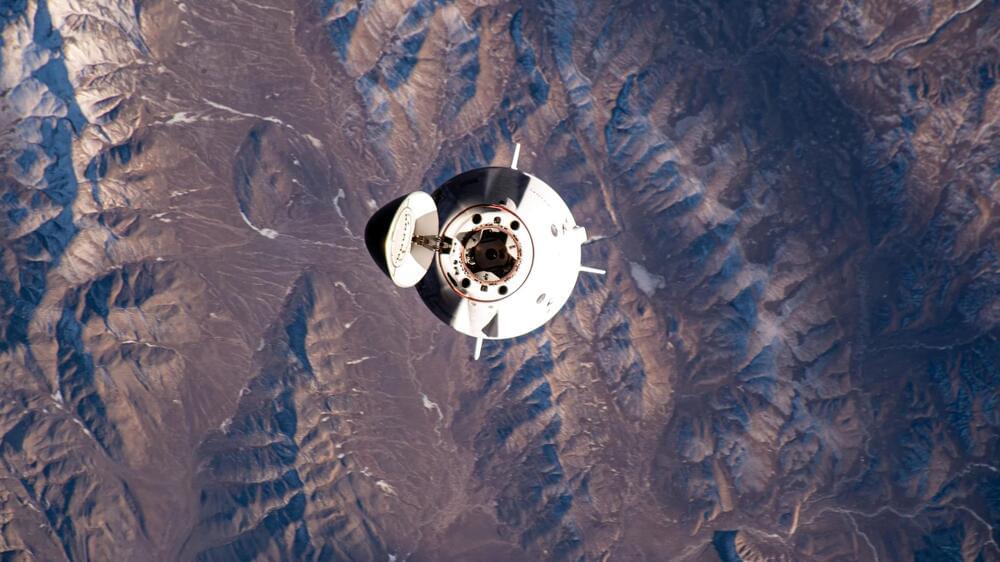
Eleven astronauts and cosmonauts from around the world are living and working together aboard the International Space Station (ISS) today, January 22. The four Axiom Mission 3 (Ax-3) private astronauts met the seven Expedition 70 crew members on Saturday beginning two weeks of dual operations.
The Ax-3 crew spent the weekend getting familiar with space station systems and emergency procedures before starting Monday with a full schedule of science and media activities. Ax-3 Commander Michael López-Alegría joined Pilot Walter Villadei and studied how microgravity affects the biochemistry of neurodegenerative diseases such as Alzheimer’s to improve health on Earth and in space. The duo later inserted samples into a fluorescence microscope for a study seeking to prevent and predict cancer diseases to protect crews in space and humans on Earth.

A research team from Hefei Institutes of Physical Science (HFIPS), Chinese Academy of Sciences (CAS), discovered a new superconducting material called (InSe2)xNbSe2, which possesses a unique lattice structure. The superconducting transition temperature of this material reaches 11.6 K, making it the transition metal sulfide superconductor with the highest transition temperature under ambient pressure.
TMD materials have received lots of attention due to the numerous applications in the fields of catalysis, energy storage, and integrated circuit. However, the relatively low superconducting transition temperatures of TMD superconductors have limited their potential use.
In this study, scientists successfully fabricated a new superconducting material with the chemical formula (InSe2)xNbSe2. Unlike the conventional conditions where isolated atoms are inserted into the van de Waals gaps of low dimensional materials, in (InSe2)xNbSe2 the intercalated indium atoms were found to form InSe2-bonded chains.
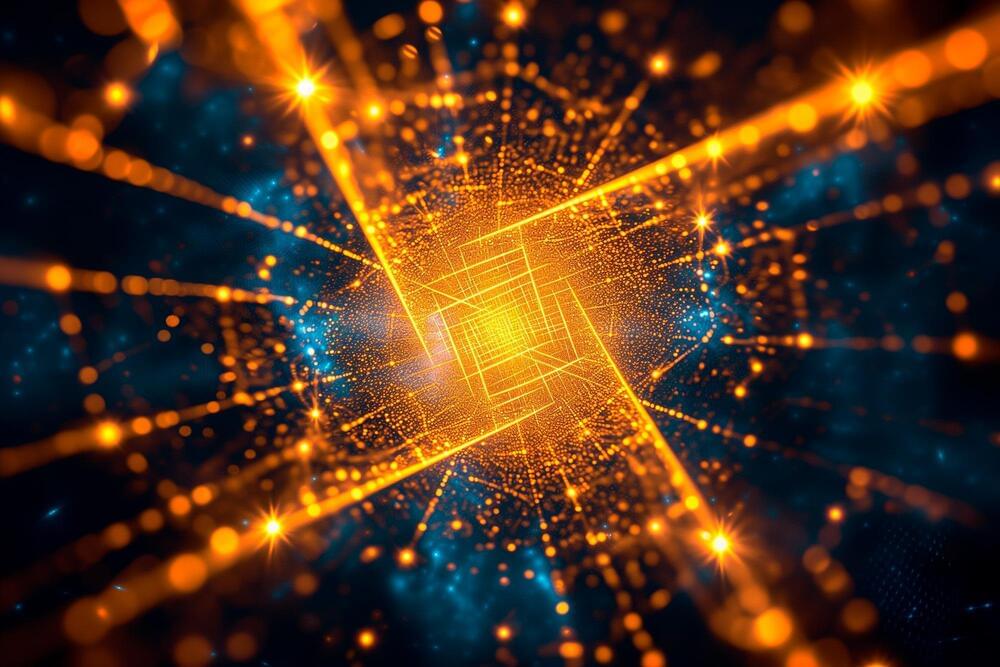
A breakthrough discovery of a new superconducting material sets a new record for transition metal sulfide superconductors with a transition temperature of 11.6 K and a high critical current density, marking a significant advancement in superconductor development.
With the support of electrical transport and magnetic measurement systems of Steady High Magnetic Field Facility (SHMFF), a research team from Hefei Institutes of Physical Science (HFIPS), Chinese Academy of Sciences (CAS), discovered a new superconducting material called (InSe2)xNbSe2, which possesses a unique lattice structure. The superconducting transition temperature of this material reaches 11.6 K, making it the transition metal sulfide superconductor with the highest transition temperature under ambient pressure.
The results were published in the Journal of the American Chemical Society.
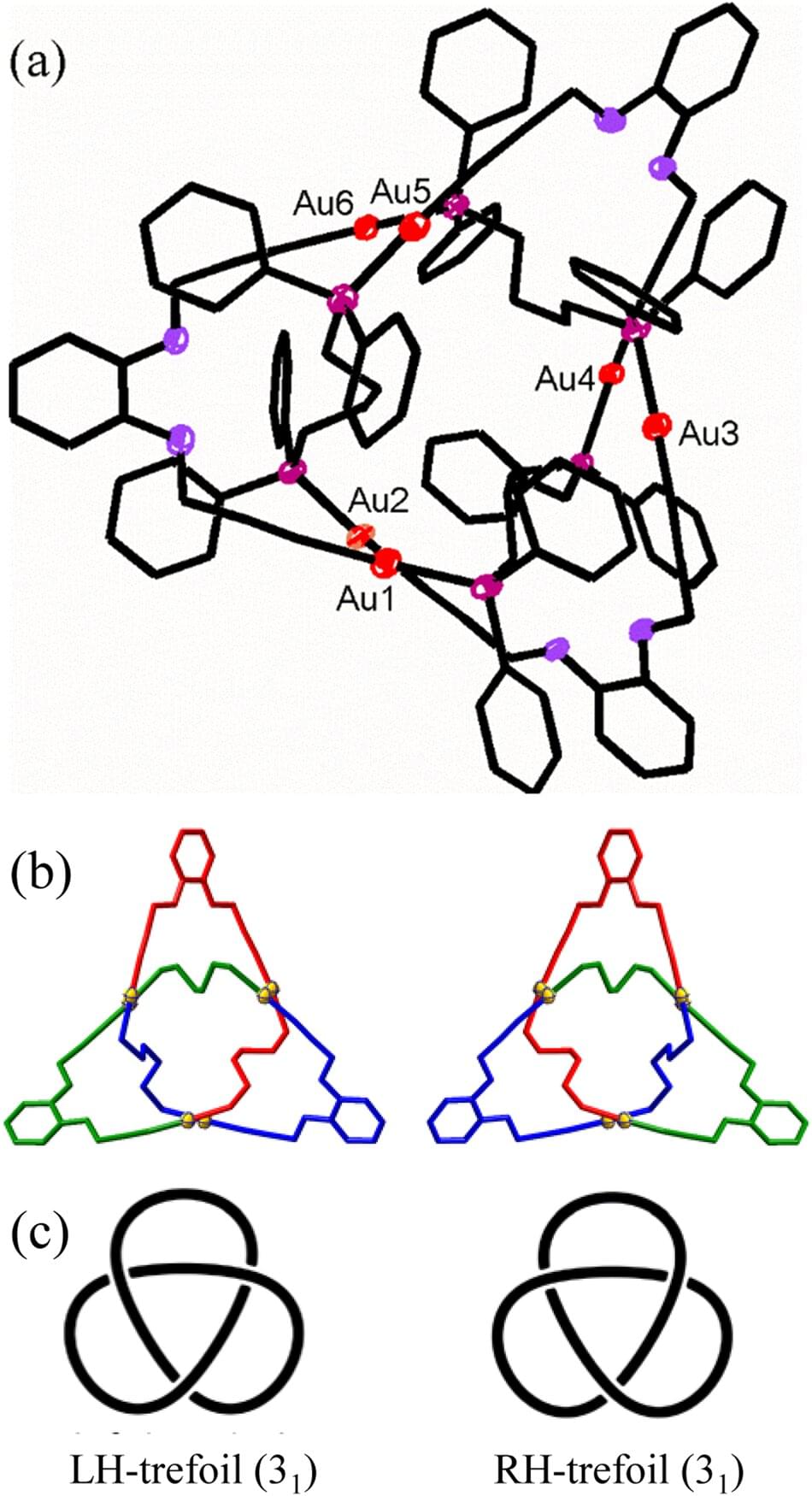
A trio of chemists at the Chinese Academy of Sciences’ Dalian Institute of Chemical Physics, working with a colleague from the University of Western Ontario, has tied the smallest knot ever, using just 54 atoms. In their study, published in the journal Nature Communications, Zhiwen Li, Jingjing Zhang, Gao Li and Richard Puddephatt accidentally tied the knot while trying to create metal acetylides in their lab.
The researchers were attempting to create types of alkynes called metal acetylides as a means to conduct other types of organic reactions. More specifically, they were attempting to connect carbon structures to gold acetylides—typically, such work results in the creation of simple chains of gold known as caternames.
But, unexpectedly, the result of one reaction created a chain that knotted itself into a trefoil knot with no loose ends. Trefoil knots are used in making pretzels and play a major role in knot theory. The researchers noted that the knot had a backbone crossing ratio (BCR) of 23. Knot BCRs are a measure of the strength of the knot. Most organic knots, the team notes, have a BCR somewhere between 27 and 33.
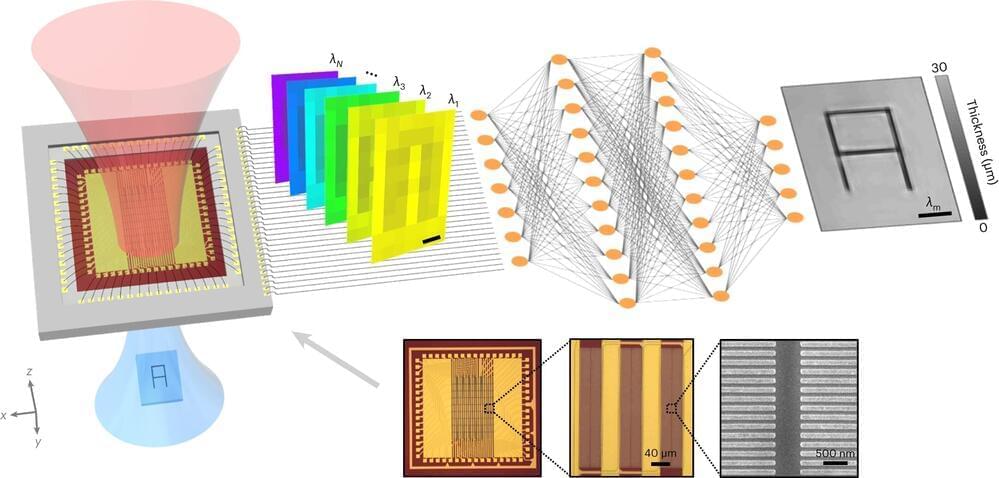
Terahertz waves can penetrate opaque materials and provide unique spectral signatures of various chemicals, but their adoption for real-world applications has been limited by the slow speed, large size, high cost and complexity of terahertz imaging systems. The problem arises from the lack of suitable focal-plane array detectors, components that contain radiation detectors used by the imaging system.
A research team led by Mona Jarrahi, and Aydogan Ozcan, both electrical and computer engineering professors at the UCLA Samueli School of Engineering, has invented a new terahertz focal-plane array to solve this problem.
By eliminating the need for raster scanning, which captures and displays an image point by point, the research team is able to expedite imaging more than 1,000 times faster than current systems. The new array constitutes the first known terahertz imaging system that is fast enough to capture videos and provide real-time, 3D multi-spectral images while maintaining a high signal-to-noise ratio.

It has long been thought that the ingredients for life came together slowly, bit by bit. Now there is evidence it all happened at once in a chemical big bang.

By Chuck Brooks
Computing paradigms as we know them will exponentially change when artificial intelligence is combined with classical, biological, chemical, and quantum computing. Artificial intelligence might guide and enhance quantum computing, run in a 5G or 6G environment, facilitate the Internet of Things, and stimulate materials science, biotech, genomics, and the metaverse.
Computers that can execute more than a quadrillion calculations per second should be available within the next ten years. We will also rely on clever computing software solutions to automate knowledge labor. Artificial intelligence technologies that improve cognitive performance across all envisioned industry verticals will support our future computing.
Advanced computing has a fascinating and mind-blowing future. It will include computers that can communicate via lightwave transmission, function as a human-machine interface, and self-assemble and teach themselves thanks to artificial intelligence. One day, computers might have sentience.

Organic mixed ionic–electronic conductors (OMIECs) are a highly sought-after class of materials for non-conventional applications, such as bioelectronics, neuromorphic computing, and bio-fuel cells, due to their two-in-one electronic and ionic conduction properties.
To ensure a much wider acceptance of these fascinating materials, there is a need to diversify their properties and develop techniques that allow application-specific tailoring of the features of OMIEC-based devices.
A crucial aspect of this process is to develop strategies for evaluating the various properties of these materials. However, despite the increasing popularity of OMIECs, there is a severe lack of research on the molecular orientation-dependent transient behaviors of such conductors.